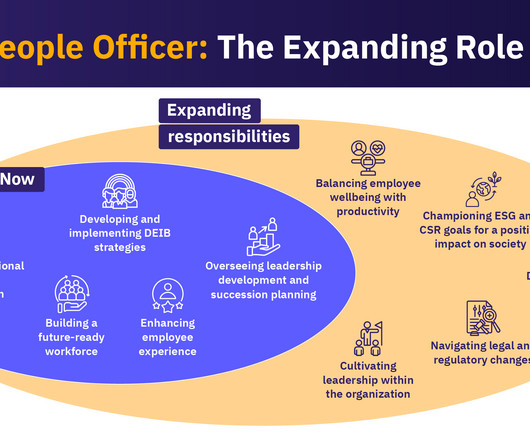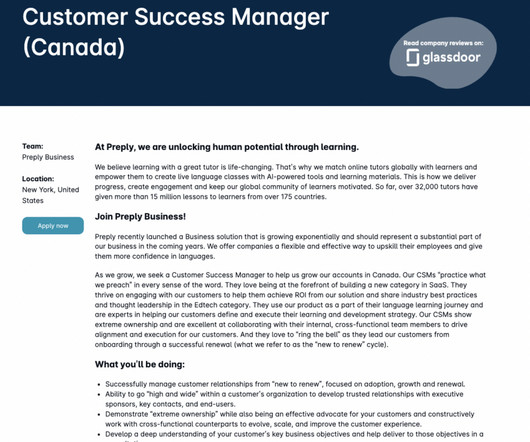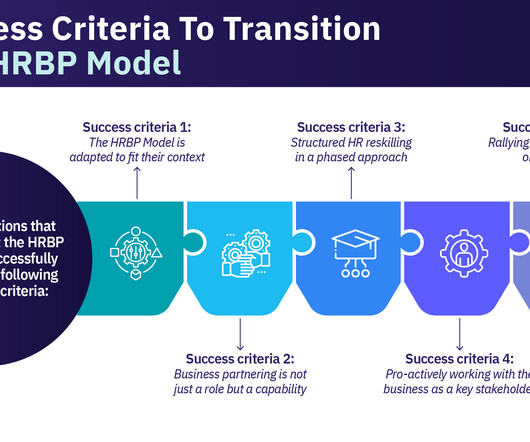4 Corporate Culture Mechanisms for Change
LSA Global
APRIL 20, 2023
Organizational culture matters. Our organizational alignment research found that workplace culture accounts for 40% of the difference between high and low performance in terms of revenue growth, profitability, customer loyalty, employee engagement , and leadership performance.












Let's personalize your content